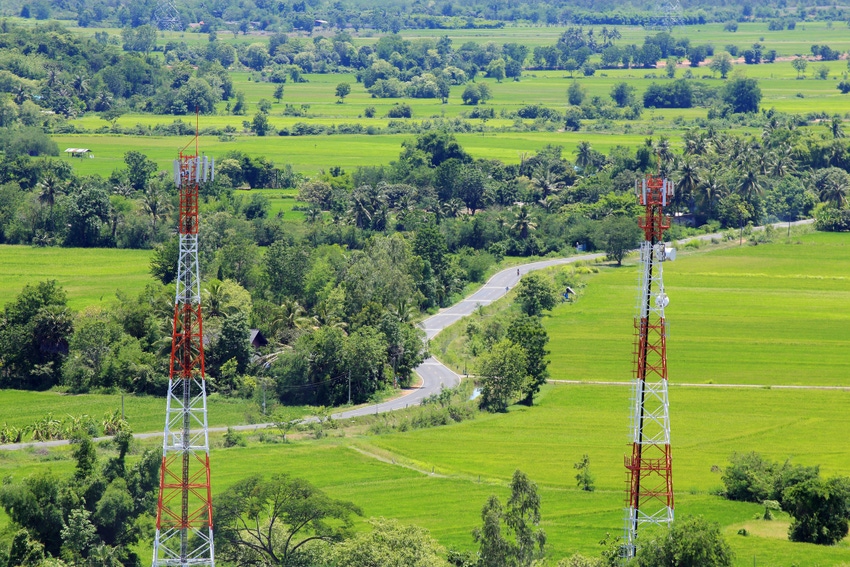Vodafone this week announced that it has rolled out "reliable 4G" to more than 50 rural locations in the UK.
March 10, 2023

Vodafone this week announced that it has rolled out “reliable 4G” to more than 50 rural locations in the UK.
It’s an interesting choice of headline, given that it immediately begs the question of whether the telco was previously deploying unreliable 4G…but we know what it means so we’re not going to make fun of it.
The UK mobile operator reliably informs us that it has extended 4G coverage to 57 rural communities in England, Scotland, Wales and Northern Ireland. It’s not immediately clear how many people will benefit from the arrival of 4G – Vodafone is talking up usage by both residents and visitors – but it has to be a step in the right direction when it comes to fixing coverage black spots.
The rollout forms part of the UK’s Shared Rural Network (SRN) programme, which was agreed between the government and the mobile operators three years ago with the aim of improving mobile coverage in difficult-to-reach areas. Its goal is to bring 4G coverage to 95% of the UK landmass by 2025 and it is backed by over £1 billion in funding: £500 million from the state and £530 million from the telcos.
“Connectivity is vital for everyone, which is why we are continually investing in our network, But connecting rural and hard-to-reach parts of the UK can be difficult and restricted by cost,” noted Andrea Dona, UK Network and Development Director for Vodafone.
Naturally, the government also had to have its say.
“The £1 billion Shared Rural Network is a key part of our plan to make patchy mobile phone reception a thing of the past and give people great connectivity wherever they live,” said Department for Science, Innovation & Technology Minister Julia Lopez. “Vodafone is working tirelessly to boost 4G coverage in rural areas and it’s great to see the progress being made.”
All in all, it’s a pretty self-congratulatory announcement. But that doesn’t take away from the fact that progress is being made, albeit at a moderate pace.
Ofcom’s Connected Nations 2022 report, published at the back end of last year, showed that the UK mobile network operators had deployed more than 150 new sites under the SRN programme, not including sites that were already planned when the SRN was announced or those built primarily to support the emergency services. Meanwhile, many more sites had been upgraded, Ofcom said.
But the regulator was in no danger of getting over-excited.
“Taken together this activity has seen a small increase in the area where all MNOs now provide coverage,” it said. The increase in sites meant that good mobile coverage is now available across 92.2% of the UK, up from 91.9% in 2021.
Aside from those lucky (few?) residents in the 0.3 percent of the UK landmass affected by last year’s coverage growth, SRN progress must feel pretty glacial to those it is supposed to benefit. But the telco announcements will keep coming and the percentages will creep up.
Get the latest news straight to your inbox. Register for the Telecoms.com newsletter here.
About the Author(s)
You May Also Like








.png?width=300&auto=webp&quality=80&disable=upscale)


_1.jpg?width=300&auto=webp&quality=80&disable=upscale)


.png?width=800&auto=webp&quality=80&disable=upscale)